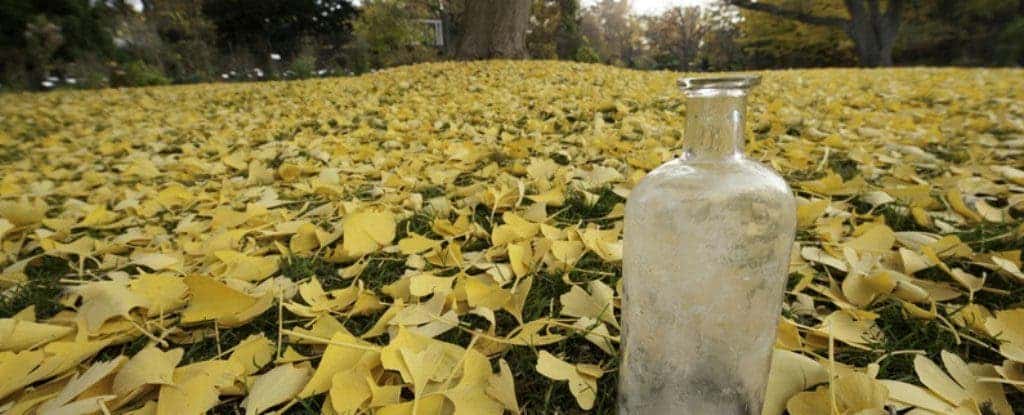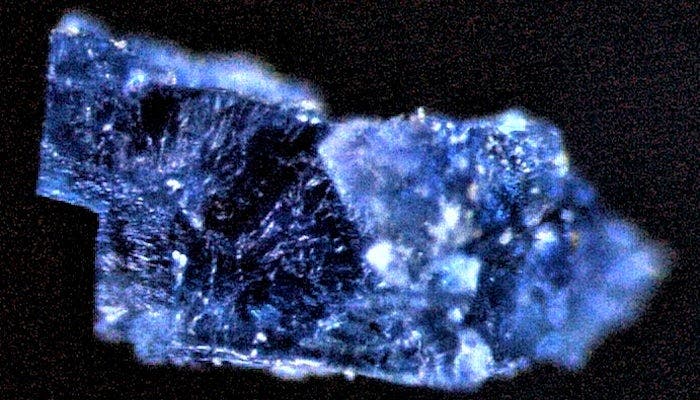Over one century ago, in 1879, a botanist called William Beal buried 20 glass bottles in a secret place in the campus of the Michigan State University. Each one was filled with sand and more than 1,000 seeds, and was angled with their uncorked mouths slanted downwards, so that they don’t collect water. The idea is to see, decade after decade, whether or not the seeds are still viable.

Four years from now, botanist Frank Teleweski will covertly do what many other generations of scientists have done before him: dig out a bottle and see if the seeds still work. After 137 years, just five of them remain, and some seeds are still going strong.
While the experiment seems deceivingly simple, it’s actually been highly effective. The original goal was to help deal with the bane of farmers: weeds. Keep in mind, this was way before the age of pesticides, and farmers often found that no matter how much they remove the weeds, identical ones pop up in their place. This was confirmed by this experiment, as the only plant to still germinate from all the bottles is a weed — Verbascum blattaria, a weed commonly called moth mullein.
“In 1980, there were three species which germinated,” Telewski said. However, the fact that moth mullein is the only one to survive the test of 120 years is not unexpected. “It is the only plant to consistently germinate in all of the tests. It will be very interesting to see if the seeds will still germinate 20 years from now.”
It’s well known that seeds can last for a long time without water and nutrients, awaiting the right moment to pop up. However, we don’t know just for how long they can resist. The original experiment was never meant to last this long. Bottles were supposed to be taken out every five years so that the whole thing can last for a century. However, biologists decided to extend it when they saw the results. The last bottle will be taken out in 2100, 221 years after the bottles were buried.
“This information explains why there are so many weeds which can germinate in a freshly plowed field,” Telewski said. “Plowing also mixes fresh seed into the deep seed bank. This information is also of interest to plant ecologists who study regeneration of disturbed land from existing seed banks in soils. If a site is disturbed by fire, flood, wind or any thing else, vegetation can recover from the existing seeds in the soil, which can remain viable for years. The area doesn’t need to have seeds blown in or carried in from other vegetated areas.”





